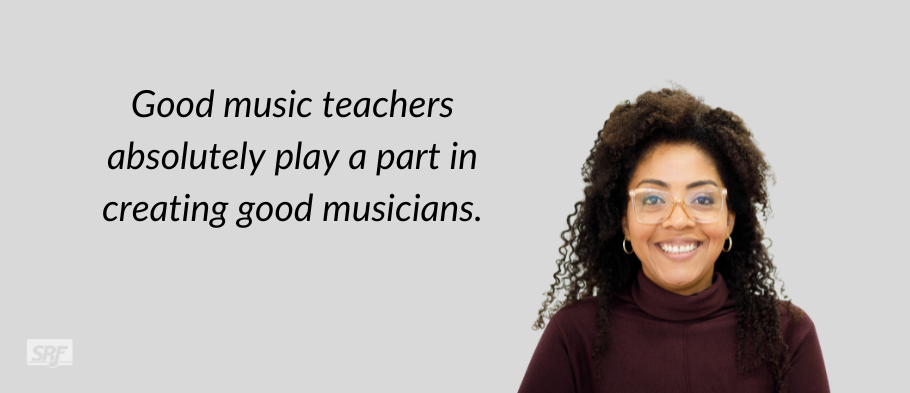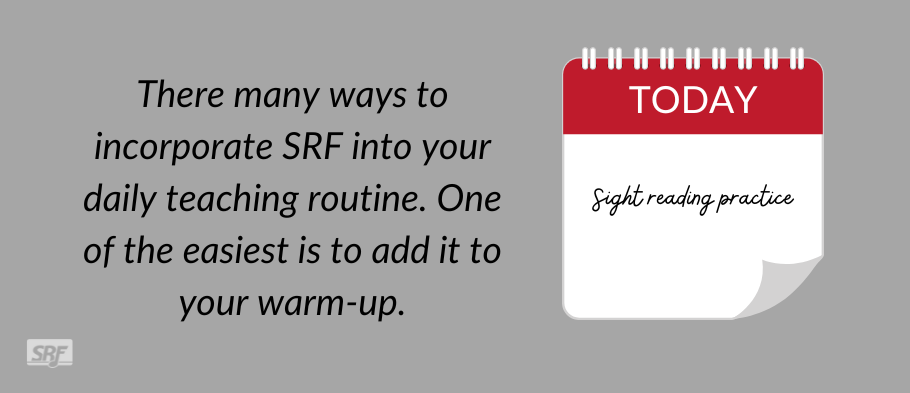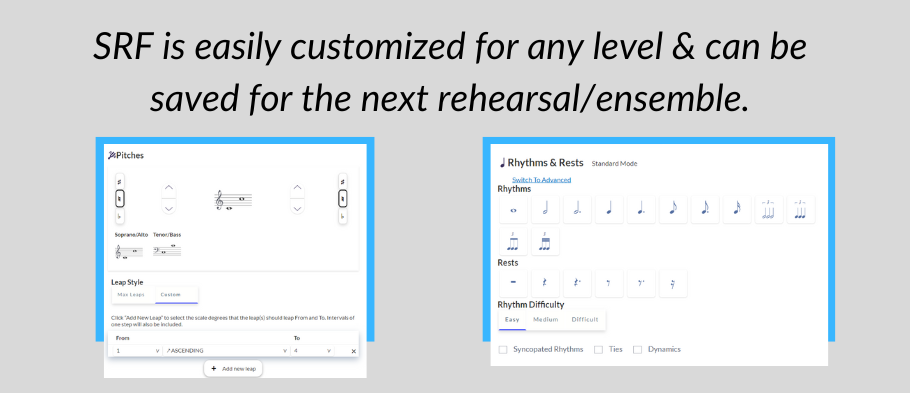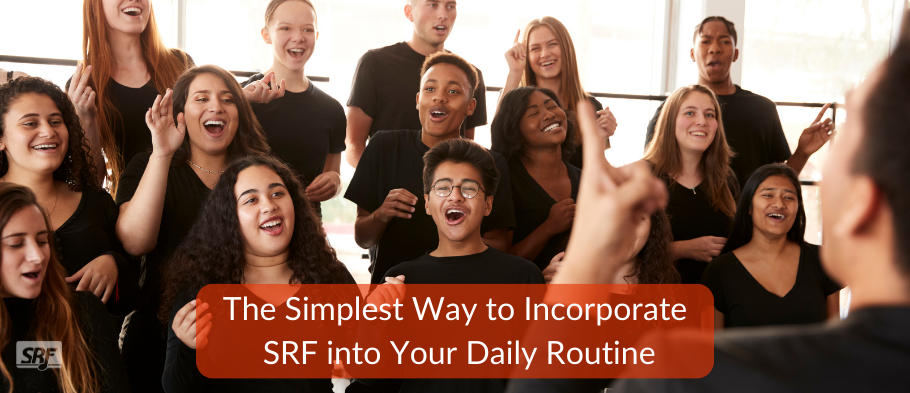Every year, millions of music teachers all over the world sit down right about now and begin planning out the school year. They spend countless hours poring over their music library repertoire lists, comparing what music they have on hand, when it was performed last, and if they have the musical forces to tackle it this year. They research whether a certain piece of music will fulfill an educational rubric or if it would just be one of those pieces their kids should do/know. They spend time reading blogs and articles about best practices and new thoughts, techniques, and technology to engage their students. And they consider what lessons, music, and repertoire will reinforce good musical habits and skills – the skills needed for their students to perform for and do well in Honor Band and All-State auditions.

Yes, we know that getting your ensembles and students into those prestigious groups isn’t the main focus of why you do what you do, but let’s face it – when your students do well, whether its individually or in an ensemble, then you can know that what you’re doing as a music educator is making an impact. Success doesn’t happen in a vacuum. Good music teachers absolutely play a part in creating good musicians.
Part of that beginning of the year preparation mentioned above was researching new thoughts, techniques, and technologies that help you teach your students the core skills they need to be those good musicians. And while most of this is self-explanatory, let’s focus on how technology can help you save time and give your students the edge in one of the toughest musical skills they’ll need to be proficient in one specific area: sight reading.
Ah, yes, the dreaded S-word…Sight reading! Many musicians have lost more than one night’s sleep over this little skill. It seems so trivial, right? You can play your instrument (sing your part), but can you READ it, like actually read the notes when faced with a completely new piece of music? Music is a language, and like any language, in order to be considered fluent in it, you must not only know how to speak it and understand it, but also to read it. Anyone can sing or play back something by rote, but the truly exceptional singers, choirs, and instrumental ensembles can have a new piece of music thrust in front of them and make music out of it in no time – because they can read it. You, as the teacher, will spend a whole lot less time pounding notes out on the piano for individual parts or demonstrating them to each section if your students can develop the ability to read the music directly off the page thus freeing you up to do the thing you purportedly are a master at: making music!

So how can a subscription to Sight Reading Factory help your students and ensembles learn to sight read and how do you incorporate it into your daily teaching routine? There are so many ways, but the simplest way to explain it is time management. In order to teach sight reading, a teacher must gather new materials for students to sight read at EVERY class. I don’t know about you, but I don’t have that kind of time (or resources) to magically produce brand new sight reading exercises every single day for every single ensemble. Sight Reading Factory does just that for you. Instantaneously generated original music for your students to read from at the click of a button (or a mouse). For reals. It’s that simple.
From a choral director’s perspective, most begin their classes with a set of vocal warm-ups. These get the students up, breathing and singing with correct posture while they focus on vocal tone production, breath support, tuning, and blend. Exercises often consist of scales, partial scales, major and minor triads, and a myriad of other little tricks and songs to incorporate good breathing, diction, and vocal techniques. Once the ensemble is warmed up vocally, it’s a good time to begin the sight reading portion of the warm-up. If your school has one-to-one technology, there are a lot of options, but not everyone does, so for the purpose of this article, we’ll talk about classrooms equipped with a large screen or smart board. Sight Reading Factory offers a variety of ways to customize your sight reading exercises, including designing your own levels, setting desired keys, time signatures, tempos, choosing simple vs. compound meters and more. For example, in a typical middle school choir, much of the music is either unison or simple two-part treble. SRF can do that, too. It can even be tweaked down to the minute details of generating music with only specific note types (for example, in C major, 3/4 time, no accidentals with only half notes, quarter notes, quarter rests and no leaps bigger than a major 3rd or tone sets descending Mi to Do). Wow – just typing that makes it sound super cool! Anyhow, it’s extremely customizable, so any teacher’s subscription works as well for beginning singers as it would for the more advanced singers. Because it can easily switch between levels and customize skill sets you may want to focus on for each ensemble, it takes mere minutes to set up your exercise parameters, project it onto the screen, and Go! Instant sight reading exercises. The students can sing on ta or solfege. When they finish one, just hit next and a completely new and different exercise will appear, still with the parameters that have been designated. Truly, just 5 minutes of this at the beginning of each class as part of the warm-up time, and then you’re on to rehearsing the repertoire!

Adding SRF to your daily classroom routine can be so simple. Just adding two or three of these sight reading exercises to finish up your warm-ups gives your students fresh opportunities to practice sight reading, helps them prepare to be better and more skillful musicians, and saves you time and the hassle of finding new music each day.
There are many other ways to use SRF in your classroom, including as substitute lesson plans. See our Blog for those articles and more!
To learn more about Sight Reading Factory, feel free to contact us.
Share this article